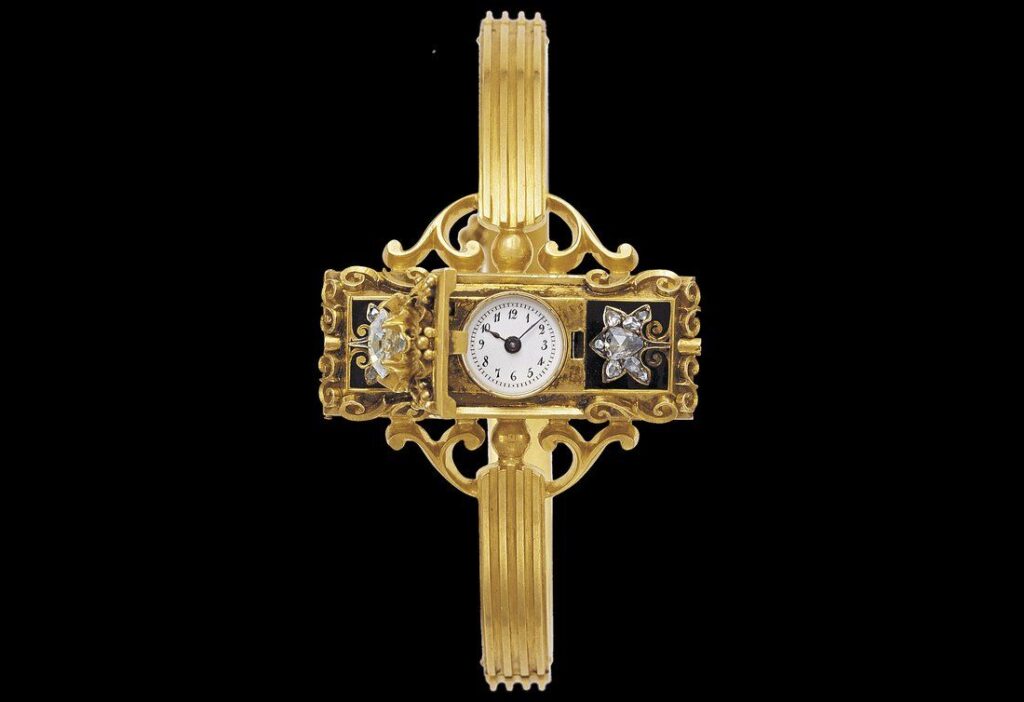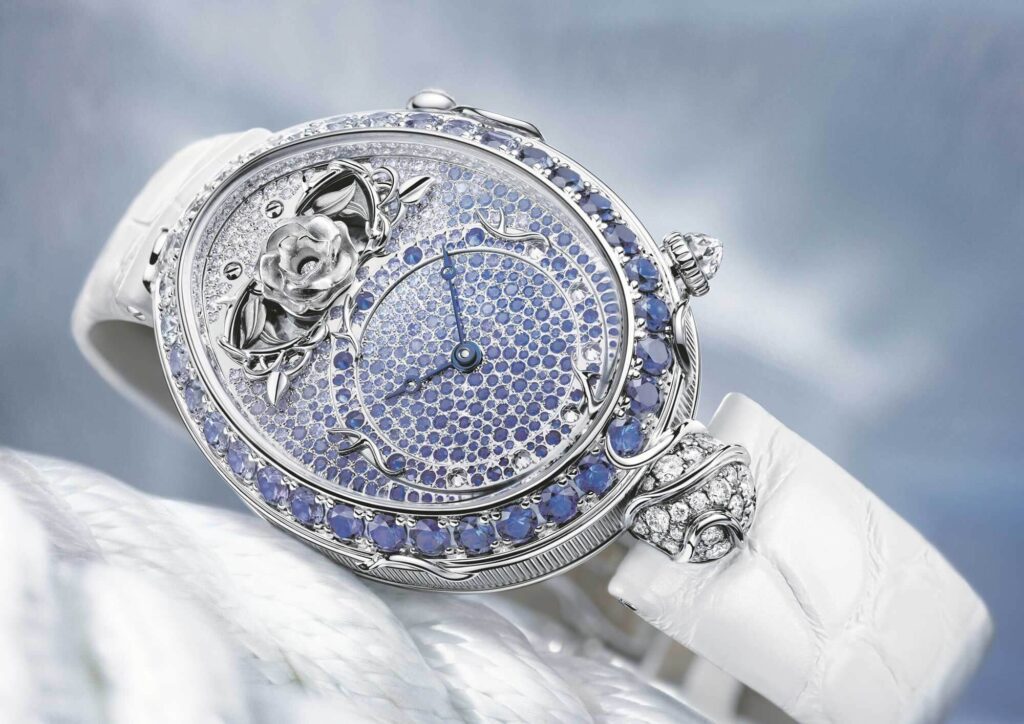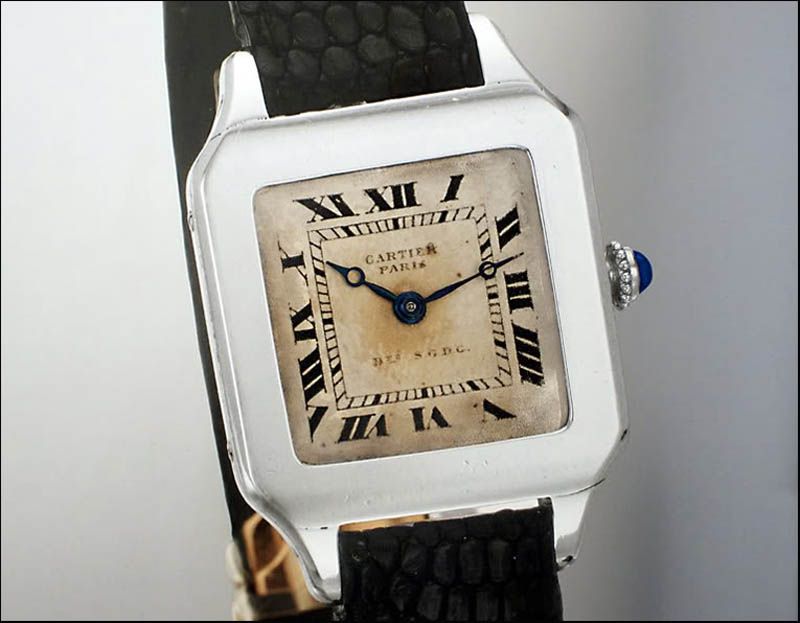Who Cares About the First Wristwatch?
Here at Times Ticking we’ve been doing a fair amount of writing/talking about “firsts” in the watch and clock industry. One particularly murky history is the one of “first” wristwatches. With branding and watchmaking spanning centuries, with some acts of invention perhaps lost to the books, some competing narratives have emerged. Watch branding goes all the way back to the mid-18th century. It was the advent of name-branding combined with innovative craftsmanship that has bled into modern marketing claims of importance and premiere releases. While there are plenty of arguments to be made about when the very first wristwatch was ever made or worn, there are two standout brands who’ve made the claim. These brands are Breguet and Patek Philippe.
Two Big Names in Watchmaking

A simple Google search of “who made the first wristwatch” will lead you to Patek Philippe. To pare it down, the description of this “first” will say something like, “…was made for the Countess Koscowicz of Hungary in 1868”. While this is a well-documented and incredibly impressive piece of watch engineering—Breguet begs to differ.

According to Breguet’s website, there is documentary evidence of a watch they designed in 1810. Their watch was designed, according to their claim, for the Queen of Naples just 33 years after their brand was founded. If this claim is true, then Breguet takes the true “first” claim. However, Breguet also admits that the watch’s location is currently unknown. The piece hasn’t shown any signs of returning since the late 19th century.
The first wristwatch claim from Patek Philippe is similar to Breguet’s claim in that it has a royal tie—giving each an air of esteem. But when it comes down to firsts, is one worth more than the other simply because one is more easily verifiable?
Reputation
Breguet and Patek Philippe are the tip of the competitive iceberg. In the age of kings and queens, opulent jewelry and fashion were reserved for high society. Ultimately it was Swiss engineering and American manufacturing that helped democratize timekeeping. Before the shift to widespread ownership, it was individual maisons (houses) who relied on wealthier patrons to ask for/pay for new inventions. Back in the early years of watchmaking, the narratives ascribed to Swiss, English, and American horological pursuits (among all others) were built on private contracts—and who could get the word out first. Reputations really are a tricky thing. Even if a company is the first at something, how do they gain notoriety and verify their claim to the public? How many innovative timepieces got lost in private, royal records? Narrowing things down feels a little less cut-and-dried when asking those questions.
Jury-Rigging

To be fair to this subject, the majority of early wristwatches weren’t made to be wristwatches. Most of them were pocket watches appropriated to the wrist. An example of this, Omega made a men’s wristwatch during the Second Boer War—a battlefield where soldiers were originally jury-rigging pocket watches to leather straps (1899-1904). Omega took cues from these timepieces and released their first men’s wristwatch in 1900. However, it was Cartier that history claims is the first “men’s” wristwatch maker—with the creation of the Cartier-Santos (1904). One could argue that the claim is built on the Cartier-Santos’s more widespread fame/media exposure both in Europe and abroad. But is it really fair to another history that clearly shows an opposite story?
Balancing History with Modern Marketing
Before asking too many rhetoricals, we’ll get to wrapping up the subject for today. Perhaps what really matters most to the greater “firsts” conversation is that watch fanatics and passive patrons alike have a rich history to draw from. Much like human endeavors including transportation, war, and politics, watches belong to a history that ties itself back to human invention. As it stands, moving from obelisks and sundials to pendulums and springwinds is part of the greater narrative of human history. With that in mind—when does the boundary between tradition and modern commercialism get drawn? When do “firsts” sit only as claims for the ones who wrote the history in the first place? Dear reader, we’ll leave that up to you—for now.
Times Ticking has been in operation for more than 30 years, since 1982. We have performed watch repair for customers both locally and internationally. If it Ticks! We KNOW it! Our team of watch repair technicians have a combined experience in watchmaking of over 120 years.

